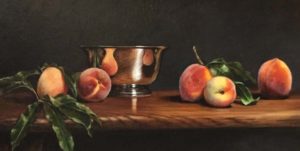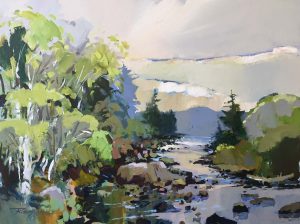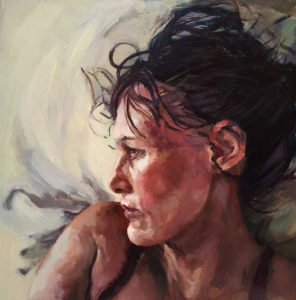Painting with Oils (part 1)
For centuries, painting with oils has been the favored method for creative visual expression. Although complex in its completion, it is one of the simplest ways to put color on canvas or paper. Applied thickly or thinly, the slow drying time encourages the development of ideas and the reflective nature of creation. Oil paint is durable, resistant to damp and offers great versatility and richness of color.
Materials
- Paints – organic (coloring agent is found in nature) or mineral (pigments derived from the soil or chemical processes)
- Brushes – bristle brushes both round and flat, preferably of sable
- Palettes – available in a variety of sizes and shapes
- Palette knives – used for scraping the palette or canvas and for mixing paint
- Painting knives – a knife with a springy neck and blade for applying paint
- Mediums – used to thicken or thin paint: turpentine or linseed oil
- Varnishes – a resin dissolved in oil or spirits to mix with paint and also to provide a coating over finished work
- Easels – small or large, whatever works best
- Grounds – canvas, linen or cotton duck cloth, stretched and sized and coated with an oil-based primer, hardboard, or paper



_____________________________________________________________________________________



